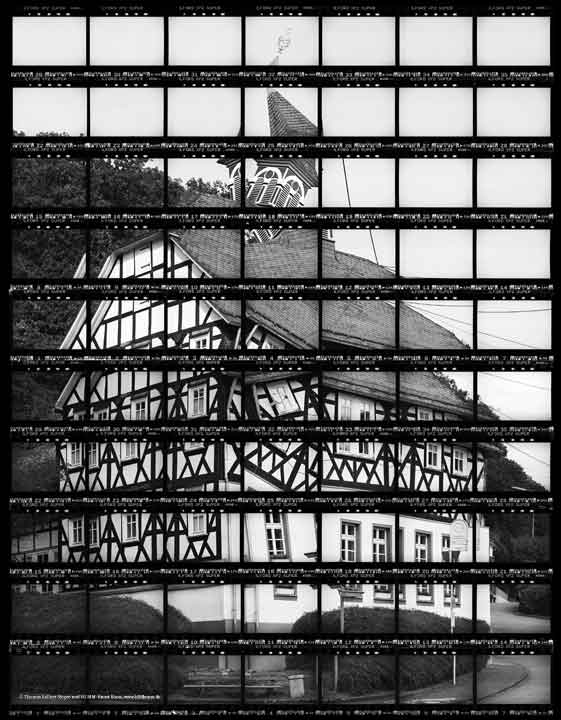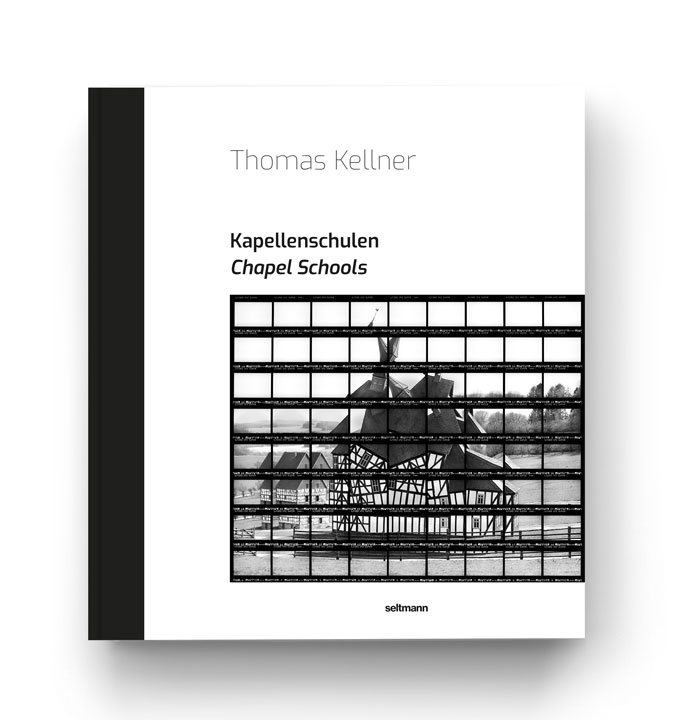Chapel School Obersetzen
Since 1775, the “new” chapel school has been located in Obersetzen near Geisweid. The upper floor served as a classroom while the lower part of the building was used for church services. Approx. 90 school children from Niedersetzen and Obersetzen attended the school in the beginning. This number increased over time and reached nearly 150 at the beginning of World War I. Then a larger school was built and the parish took over the chapel school for church services and other church events.
At the time of World War II, many refugees moved to the small village. Some of them found a place to stay in the former chapel school. In the 1980s, the Setzen local historical society acquired and renovated the landmark building, which it still uses today.
Obersetzen in: The Chapel Schools' Book
Chapel schools form a solitary architectural type for the Siegerland and its neighboring regions.
As stand-alone buildings and conspicuous in their surroundings, like the one in Obersetzen, they reveal the connection between religion and school education starting from the domain of Count William I of Nassau-Katzenelnbogen (1487-1559) and his son John VI of Nassau, Katzenelnbogen and Dietz (1536-1606). The hybrid used buildings existed until the end of the 19th century and in parts even until the 20th century.
Chapel Schools a solitary architectural type
The Siegen fine art photographer Thomas Kellner recognized the historical and cultural value of these buildings and set himself the task of preserving and recalling this typical regional cultural asset through a new medium. By means of photography he transfers the chapel schools into an artistic context and gives the historical topic a new dimension in the present (art).
Just as the chapel schools united in themselves two spheres of life, this publication also conveys different contemporary perspectives on the history and genesis of the chapel schools. While Kellner tries to rethink the type of building, which oscillates between profane and sacred, with his artistic realization, Chiara Manon Bohn, Isabell Eberling M. Sc. Dr. Andrea Gnam and Dr. Stefanie Siedek-Strunk provide an insight into the historical, architectural and religious classification of the chapel schools up to the pictures of Thomas Kellner in text contributions.











